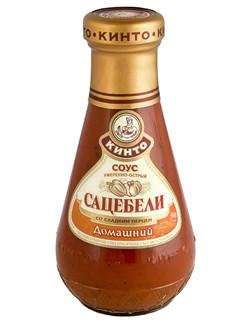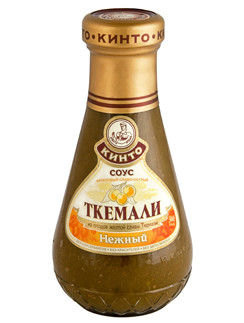 Dishes of Caucasian cuisine Photo: Press service archives
Dishes of Caucasian cuisine Photo: Press service archives Tkemali "Tender" is ideal for chicken and game, giving dishes an exquisite taste. Photo: Press service archives
Tkemali "Tender" is ideal for chicken and game, giving dishes an exquisite taste. Photo: Press service archives
The Secret to Caucasian Longevity
Sauces occupy a special place in Caucasian cuisine.and seasonings. Thanks to the variety of unusual fresh flavors, they have gained fame far beyond Georgia. Georgian sauces are in no way similar to European ones - neither in composition nor in cooking technology, they are based on natural fruit purees and juices, nuts and vegetable pastes. One of the secrets and amazing features of Caucasian cuisine is that the same sauce can be used in combination with various products, thus obtaining different dishes and emphasizing their taste with exquisite shades - spicy, hot, tart and sour. Satsebeli is one of the most important sauces for Georgian cuisine, the basis of all bases. And this is quite logical, since "satsebeli" in translation from Georgian means "sauce". It is prepared from ripe tomatoes, generously seasoned with cilantro and dill. Then coriander, ombalo, utskho-suneli, and blue fenugreek are added to the tomato mixture. Basil, marjoram, and red paprika can be added to these spices, and bell pepper can also be found in some Satsebeli recipes. No less honorable place in Georgian cuisine is occupied by Tkemali sauces, which are prepared from the fruits of the wild plum tree. The taste of tkemali fruits is sour, for lovers of piquant taste. By adding various spices, herbs, and greens to tkemali puree, the spiciness, acidity, and sweetness are adjusted. The most exquisite sauce is considered to be Narsharab. Translated from Azerbaijani, "nar" means pomegranate, and "sharab" means wine. In color and consistency, narsharab really does resemble thick red wine, and its tart, slightly sweet taste is capable of winning the heart of any gourmet.









